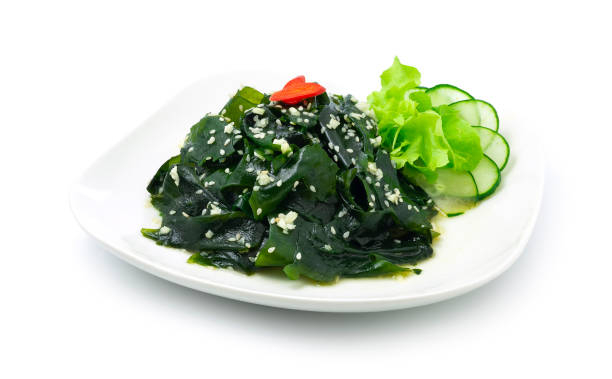High in nutrients

Eicosapentaenoic acid (EPA) and docosahexaenoic acid (DHA), two of the primary forms of omega-3 fatty acids, are particularly abundant in some species of microalgae (DHA). These species are therefore produced for their oil. According to one study, microalgae have an omega-3 content that is comparable to that of other fish. Algae may be easily made to produce more omega-3 fatty acids by adjusting their temperature, oxygen, salt, glucose, and exposure to UV light.
Their oil is extracted, refined, and utilized in a number of applications, such as to improve the feed for livestock, poultry, and fish. These fats are probably derived from algae oil when you consume omega-3-enriched eggs, chicken, or farmed salmon. Plus, this oil acts as a source of omega-3s in infant formula and other foods, as well as plant-based vitamins and omega-3 supplements.
Similar to fish oil supplements, supplements derived from algal oil differ in serving sizes, omega-3 fat types, and quantities. So when purchasing, it's best to compare labels. Also available as cooking oil is algal oil. It is perfect for sautéing or high-heat roasting because of its neutral flavor and extremely high smoke point. Culinary algal oil is a fantastic source of healthful unsaturated fats, but since omega-3 fatty acids can't withstand heat, they aren't present in it.








